Problem
You are throwing away the tuple x when you create the new list:
if x[0] == n:
l_c.append(x) # here you append x
else:
print(l_c) # here you print but do nothing with x
l_c = [] # list empty, x is missing
n+=1
Solution
def representacao_do_mapa(modo):
if modo == 1:
n=0
l_c = []
for x in area:
if x[0] == n:
l_c.append(x)
else:
print(l_c)
l_c = [x] # fix here
n+=1
print(l_c) # fix here
representacao_do_mapa(1)
Beside that - your last list is not going to be printed because the last l_c never get's into the printing part of your code - you have to add that ouside the for-loop over area.
Output (for n_vertical = 3 and n_horizontal = 3:
[(0, 0, 0), (0, 1, 0), (0, 2, 0)]
[(1, 0, 0), (1, 1, 0), (1, 2, 0)]
[(2, 0, 0), (2, 1, 0), (2, 2, 0)]
Optimizations:
You can shorten your code using list comprehensions and list decomposition:
n_vertical = 3
n_horizontal = 3
area = [ (x,y,0) for x in range(n_horizontal) for y in range(n_vertical )]
# create with inner lists
area2 = [ [(x,y,0) for x in range(n_horizontal)] for y in range(n_vertical)]
print(area)
# print each inner list on new line
print(*area2, sep="\n")
Or you can print directly from area:
print(* (area[i*n_horizontal:i*n_horizontal+n_horizontal]
for i in range(n_vertical)) , sep="\n")
using a generator expression to slice area into n_horizontal pieces.
More on generator / list expressions: Generator Expressions vs. List Comprehension
More on chunking lists: How do you split a list into evenly sized chunks?
More on list slicing: Understanding slice notation
More on printing: https://docs.python.org/3/library/functions.html#print
